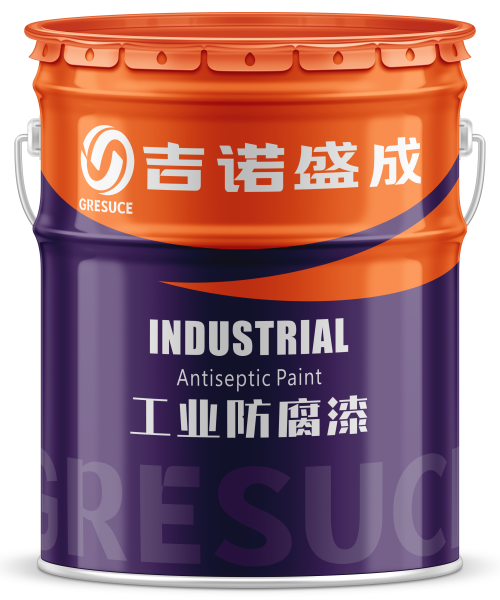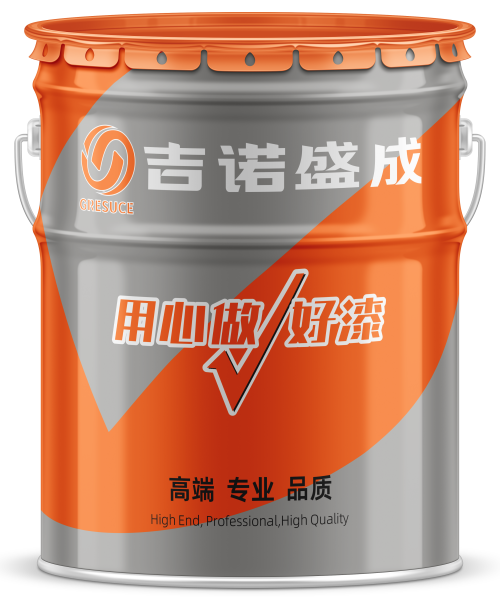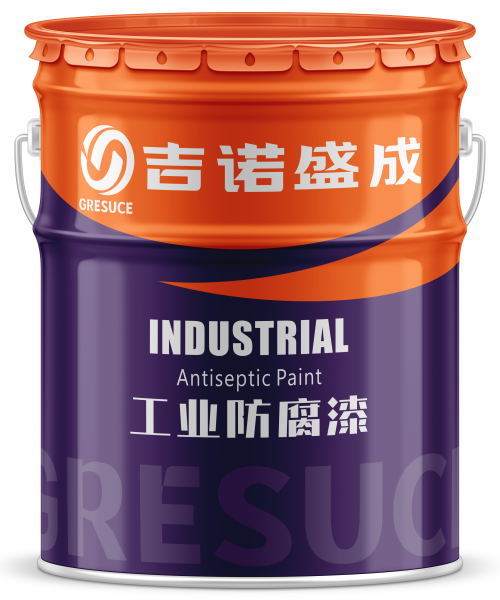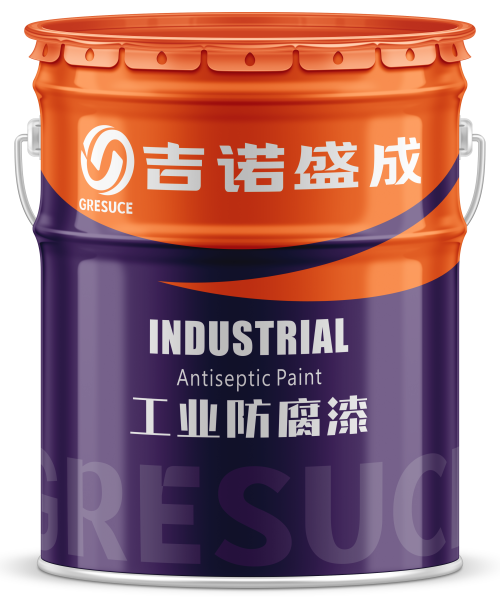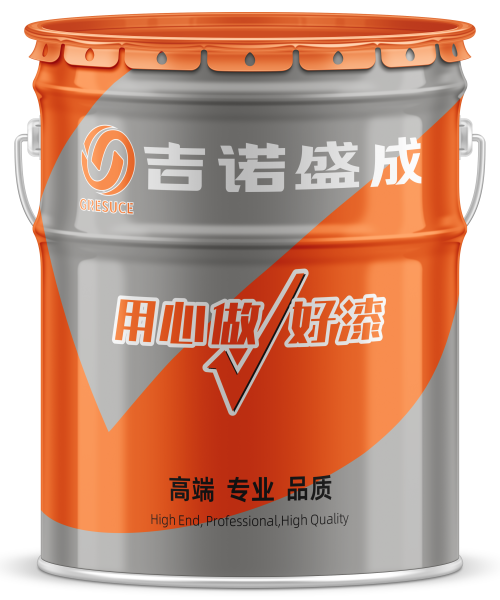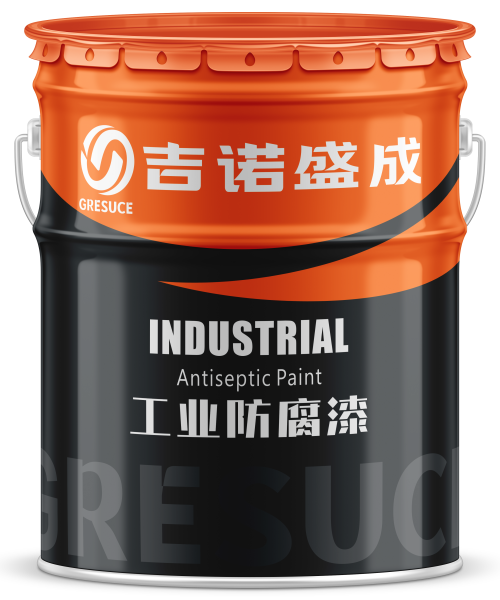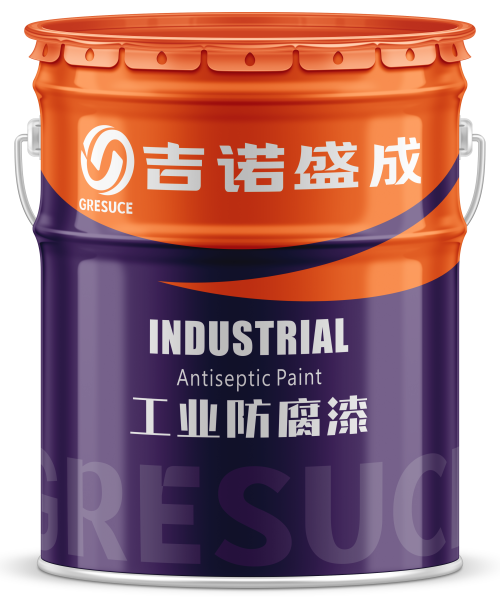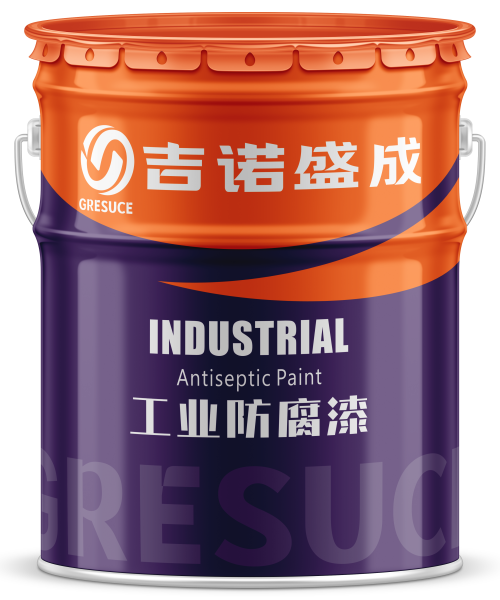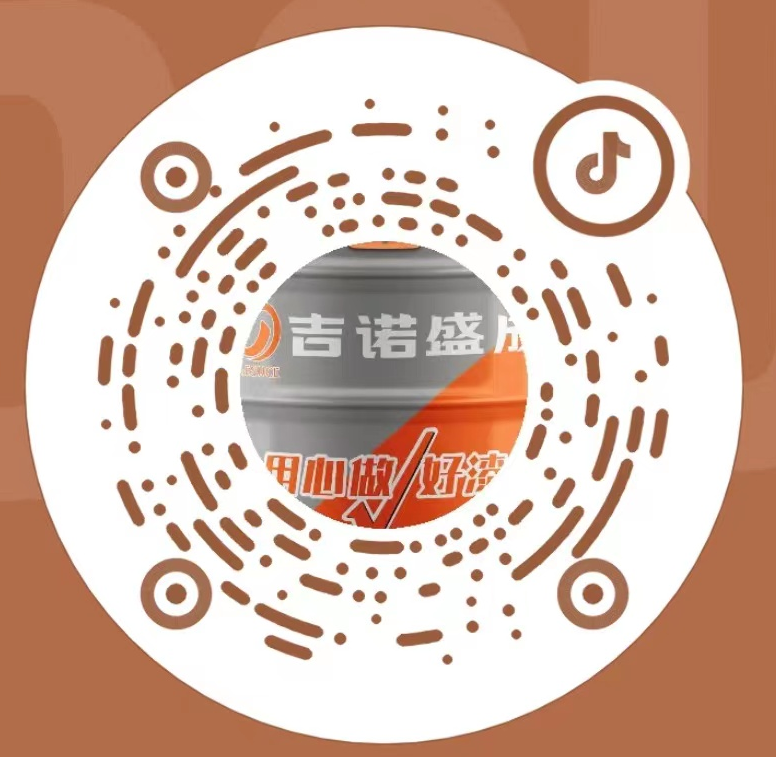1. Interaction Between Coating and Substrate
· Wetting, Penetration, and Filling Capability: The ability of the coating to wet, penetrate, and fill the substrate is fundamental to the formation of a film. These capabilities depend on factors such as the viscosity, fluidity, fineness, and curing time of the coating.
· Kinetic Control Process: The interaction between the coating and the substrate occurs simultaneously during the film-forming process and is directly influenced by the application process and environmental conditions. Currently, the adhesion of a specific coating on a designated substrate is typically measured under standard conditions using standard methods. However, these standard test results do not fully represent the actual adhesion achieved in industrial coating applications.
· On-Site Monitoring Methods: In recent years, on-site coating applications have begun to use portable adhesion testers, such as pull-off adhesion testers, which allow for real-time monitoring and improve measurement accuracy.
2. Impact of Environmental Factors
· Wet Adhesion: During the use of coatings, adhesion can be affected by environmental factors. Research by Funke indicates that, in addition to the barrier properties of the coating, wet adhesion also plays a crucial role. There is no standard test method for wet adhesion, but it is typically evaluated by immersing test panels in water for a specified period and then using cross-cut and tape pull-off methods. Coatings with good wet adhesion will not have the bond between the film and the substrate replaced by water penetrating the interface under immersion conditions, nor will the adhesion be compromised by hydrolysis or saponification.
· Special Environmental Stresses: Coatings subjected to special environments, such as thermal cycling, drastic humidity changes, and external impact, can experience various stresses that reduce or even eliminate adhesion. Many specialty coatings require testing for changes in adhesion after specific aging cycles to ensure stable performance.
3. Coating Development and Application
· Full-Process Control: Coating formulators should possess the ability to identify and control coating adhesion throughout the entire process, from development and production to application and use. By optimizing formulations and processes, adhesion defects can be minimized, ensuring the reliability of coatings in practical applications.
Technical Approaches to Improve Coating Adhesion
Coating adhesion is a critical factor in ensuring the performance of coatings, including the adhesion of primers to substrates and the interlayer adhesion between coatings. Below are the main technical approaches to enhance coating adhesion:
1. Substrate Preparation
· Standard Surface Treatment: Substrates should undergo surface treatment according to standard methods to achieve the necessary cleanliness and roughness levels. This is a fundamental practice in large-scale OEM production lines, ensuring strong adhesion of the primer to the substrate.
· Surface-Tolerant Coatings: For on-site coating or small-batch production, the use of surface-tolerant coatings is an effective approach. These coatings are suitable for substrates with some degree of rust, oil, or moisture, saving time and costs associated with sandblasting or phosphating treatments. However, it is essential to clearly define the limits of "rust, oil, and moisture" tolerance, as the coating's capacity to handle such conditions is limited.
2. Treatment of Difficult-to-Bond Substrates
· Low Surface Energy Substrates: Materials such as polyethylene (PE), polypropylene (PP), and nylon often require adhesion promoters, such as chlorinated polyolefins or chlorine-free adhesion promoters, to enhance bonding.
· High-Gloss Metal Surfaces: For high-gloss metal surfaces like stainless steel, aluminum alloy, and hot-dip galvanized sheets, sandblasting or roughening is not permitted. Instead, simple cleaning followed by the application of coupling agents or organic-inorganic hybrid adhesion-promoting primers can be used. Alternatively, our Specialized Primer for light metals can be applied without the need for grinding or sanding.
3. Interlayer Adhesion
· Interlayer Adhesion: Interlayer adhesion is similar to adhesion on plastic substrates but involves more complex influencing factors, particularly those related to the coating process. As the intervals between coatings become shorter, and even under wet-on-wet coating conditions, the evaluation methods for interlayer adhesion need further refinement. Currently, many coating standards specify clear requirements for recoating intervals and the "recoatability" of coatings, especially for thermosetting coating systems such as epoxy and polyurethane. These systems often require a recoatability period of more than 15 days to avoid adhesion defects and interlayer delamination when the recoating interval is exceeded.



